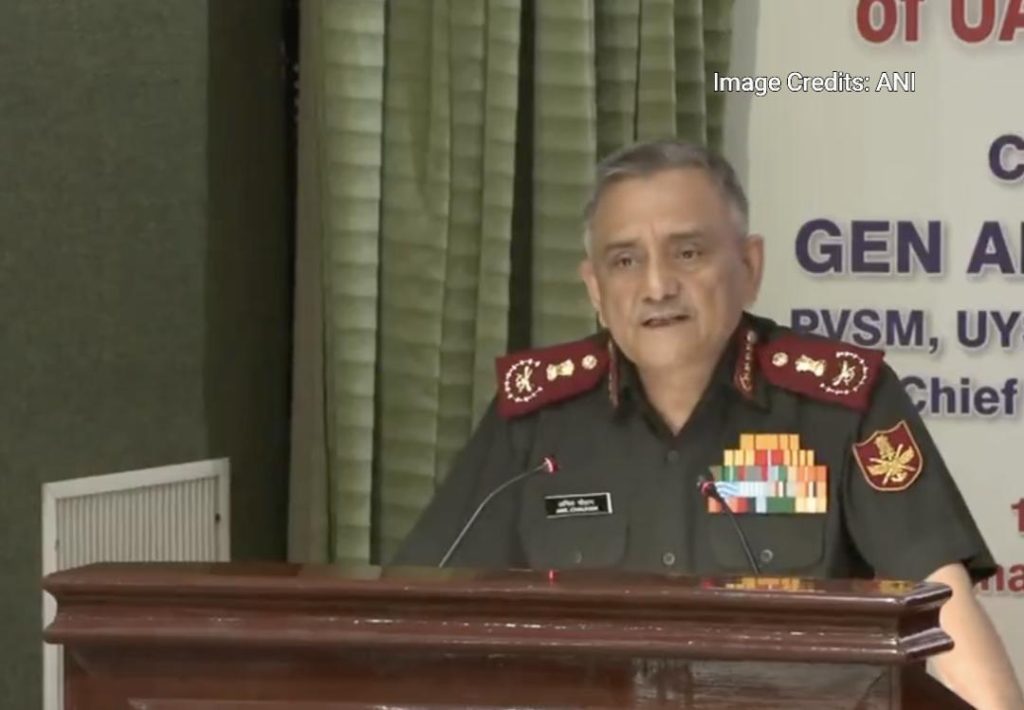
Pak used unarmed drones & loitering munitions: CDS Anil Chauhan
In a recent statement, Chief of Defence Staff (CDS) General Anil Chauhan revealed that Pakistan used unarmed drones and loitering munitions during the conflict in May. The statement comes as a clarification on the nature of the aerial threats faced by the Indian military during the recent stand-off with Pakistan.
According to General Chauhan, the drones and loitering munitions used by Pakistan were unarmed and did not inflict any damage to the Indian military or civil infrastructure. He further added that most of these aerial assets were neutralized through a combination of kinetic and non-kinetic means. Interestingly, some of these drones were even recovered in almost intact conditions.
The statement from the CDS is significant as it provides a detailed account of the aerial threats faced by the Indian military during the conflict. The use of unarmed drones and loitering munitions by Pakistan raises questions about the nature of the strategy employed by the country’s military.
Loitering munitions, also known as “kamikaze drones,” are unmanned aerial vehicles (UAVs) that are designed to loiter over a target area for an extended period before attacking. These drones are often equipped with explosive payloads and are used to target ground-based military assets. Unarmed drones, on the other hand, are commonly used for reconnaissance and surveillance purposes.
The fact that Pakistan used unarmed drones and loitering munitions suggests that the country’s military may have been experimenting with different tactics and technologies to gain an advantage over the Indian military. The use of these aerial assets may have been intended to disrupt Indian military operations and create uncertainty about the nature of the threat.
However, General Chauhan’s statement suggests that the Indian military was able to effectively counter these threats through a combination of kinetic and non-kinetic means. The recovery of some of these drones in almost intact conditions further highlights the capabilities of the Indian military in detecting and neutralizing aerial threats.
The use of unarmed drones and loitering munitions also raises questions about the future of warfare. As technology continues to evolve, the nature of aerial warfare is likely to change dramatically. The use of these types of drones may become more common, and countries will need to develop new strategies and technologies to counter them effectively.
In conclusion, General Chauhan’s statement provides valuable insights into the nature of the aerial threats faced by the Indian military during the recent conflict with Pakistan. The use of unarmed drones and loitering munitions by Pakistan may have been a strategic decision to disrupt Indian military operations and create uncertainty about the nature of the threat. However, the Indian military’s ability to effectively counter these threats through a combination of kinetic and non-kinetic means is a testament to its capabilities and preparedness.






